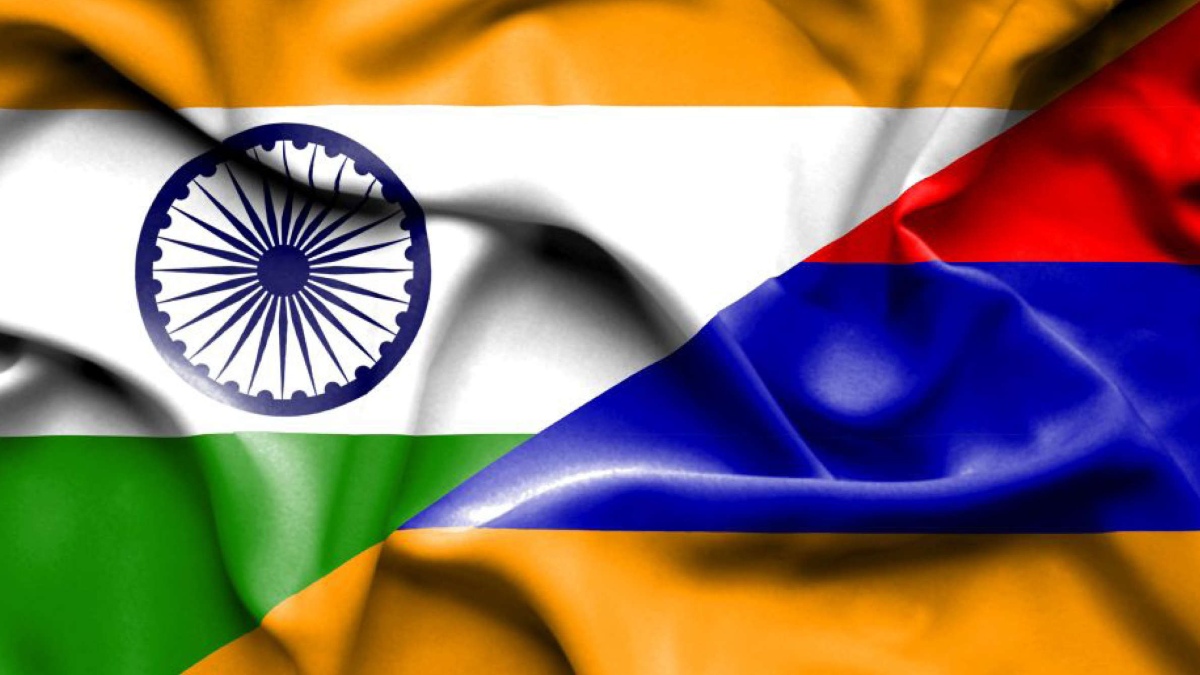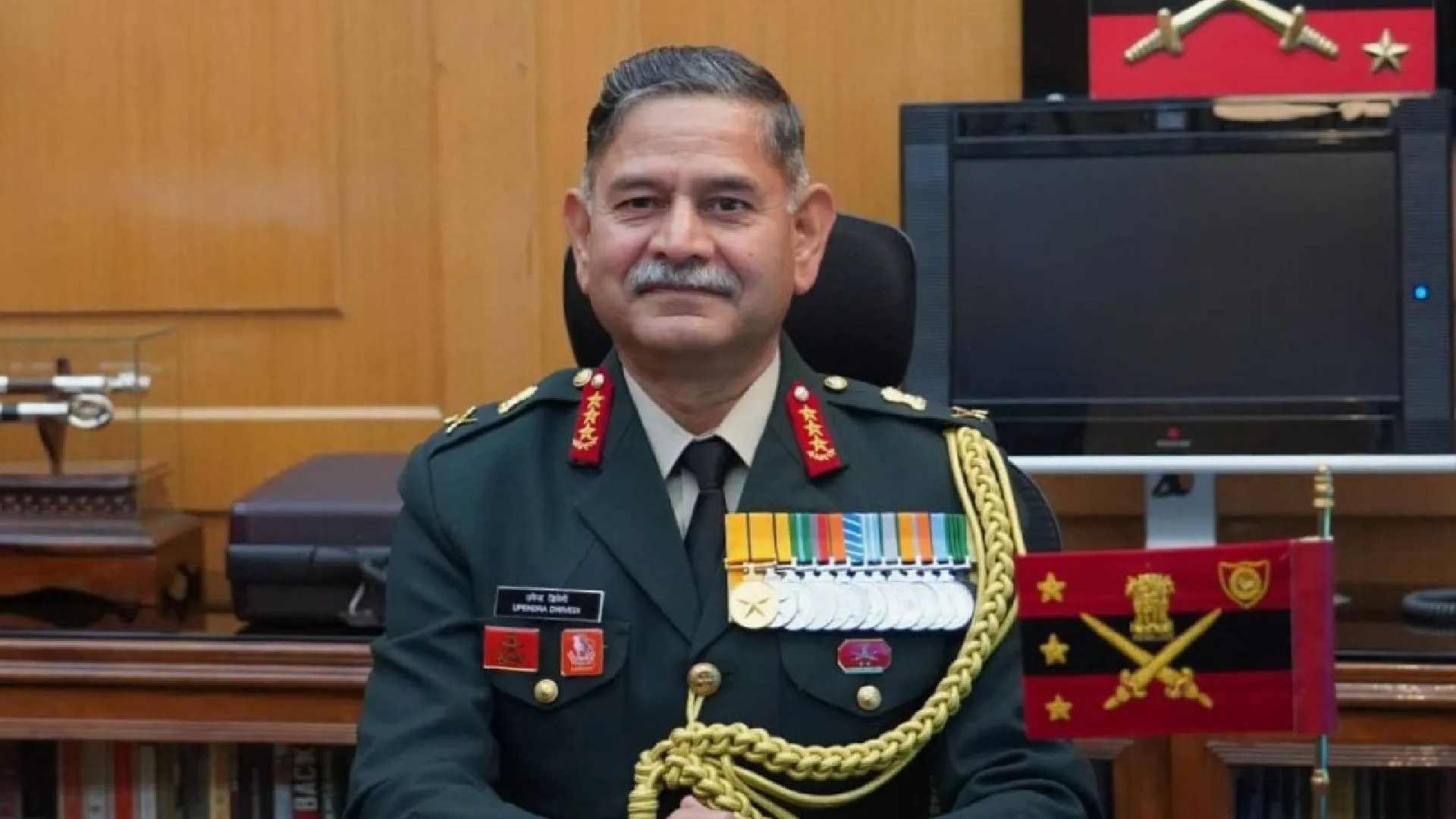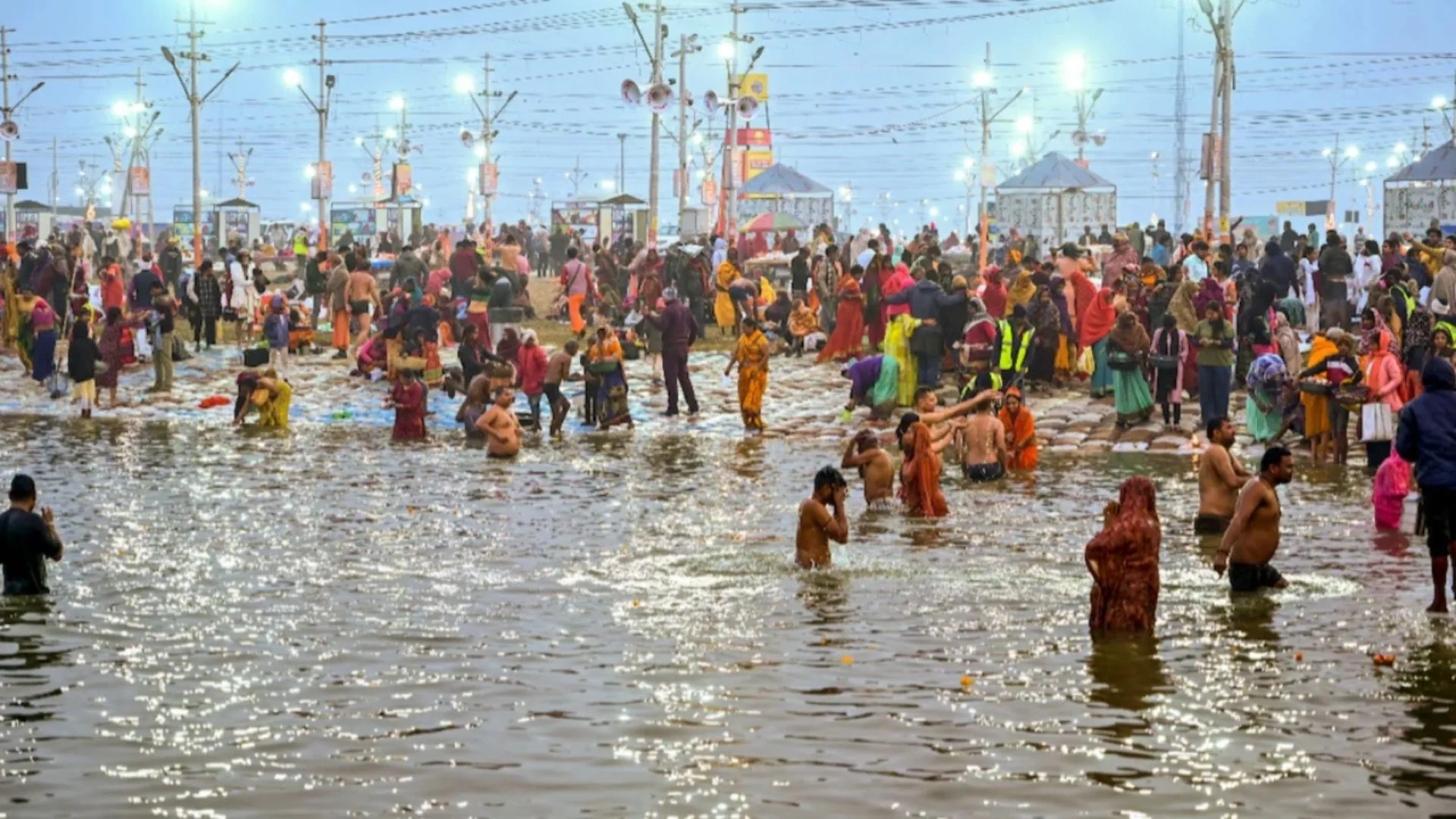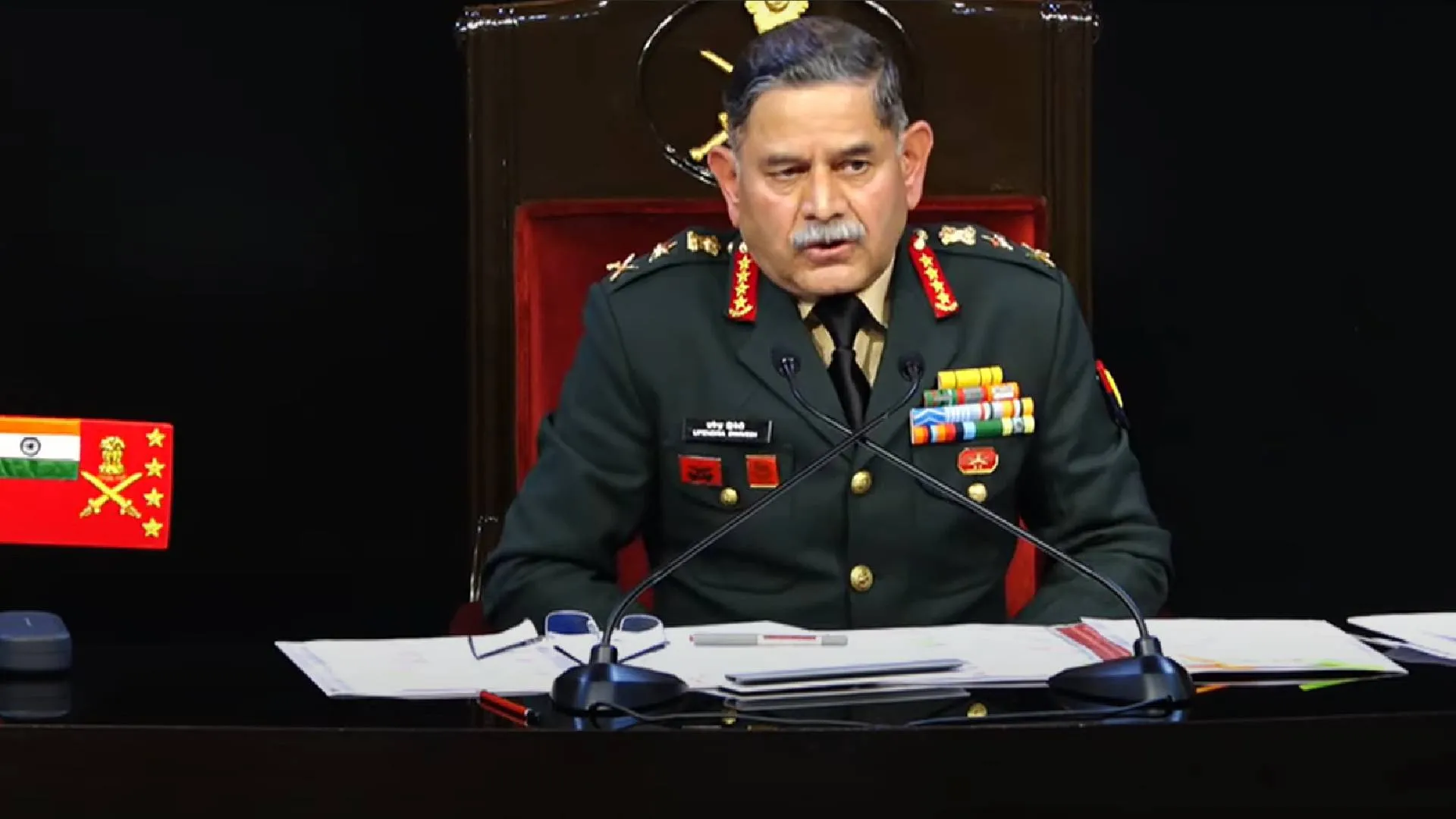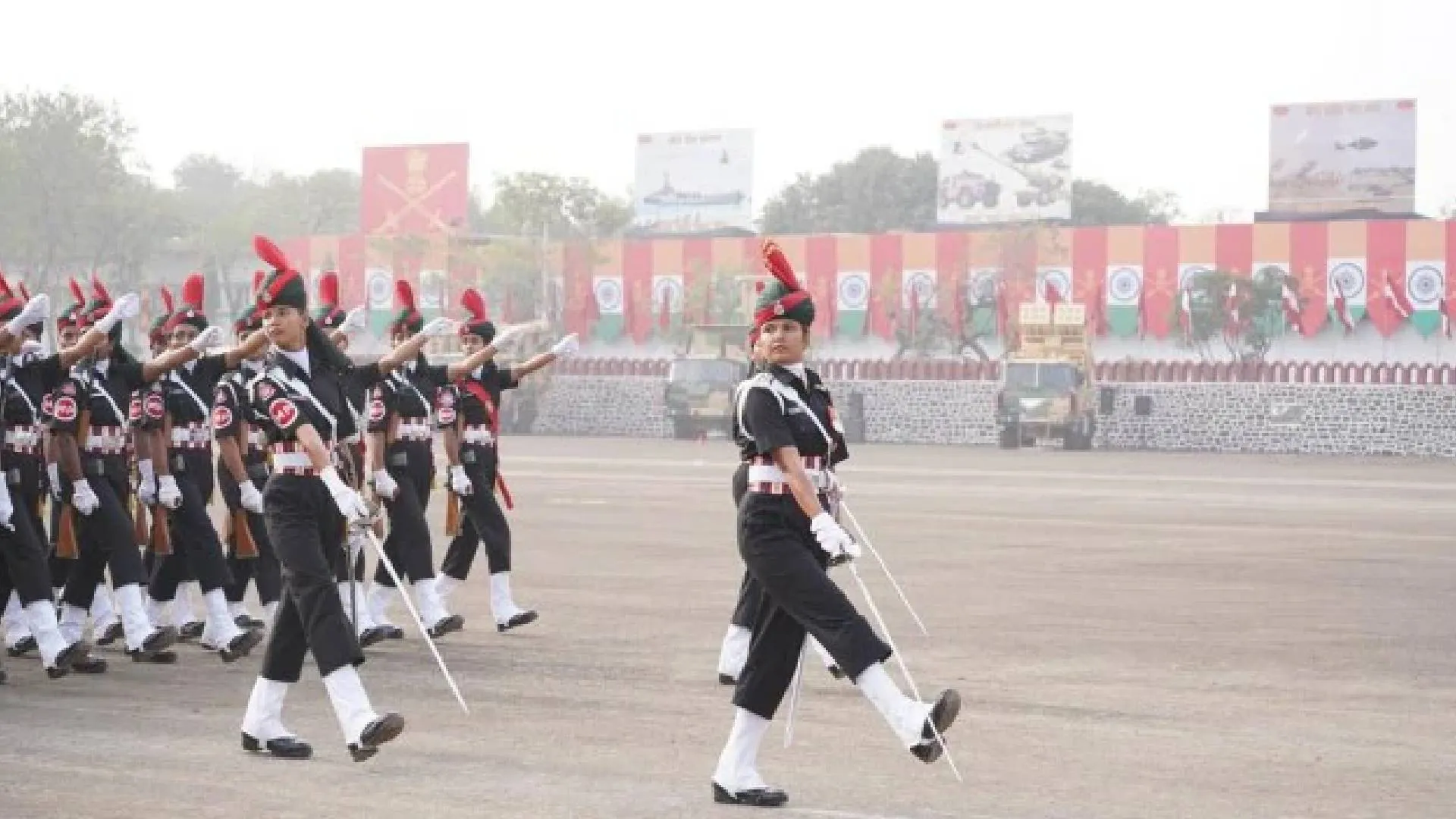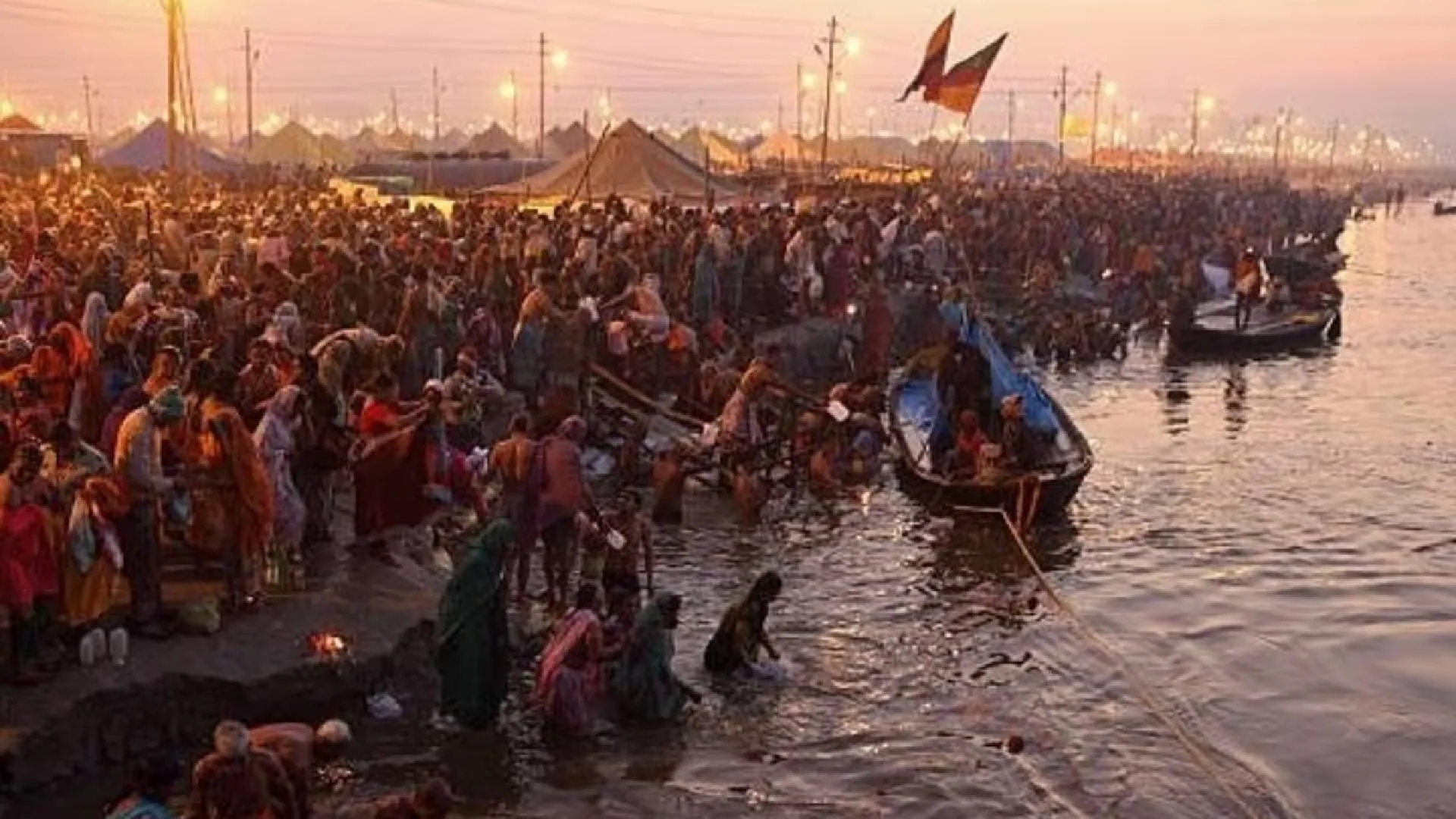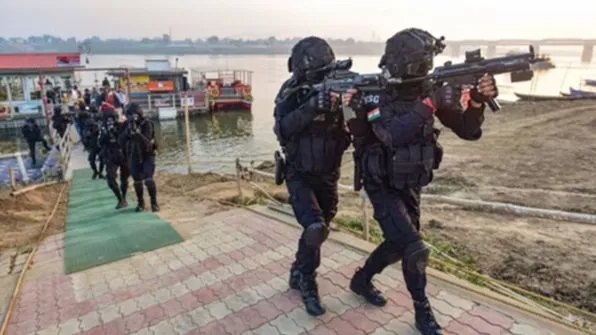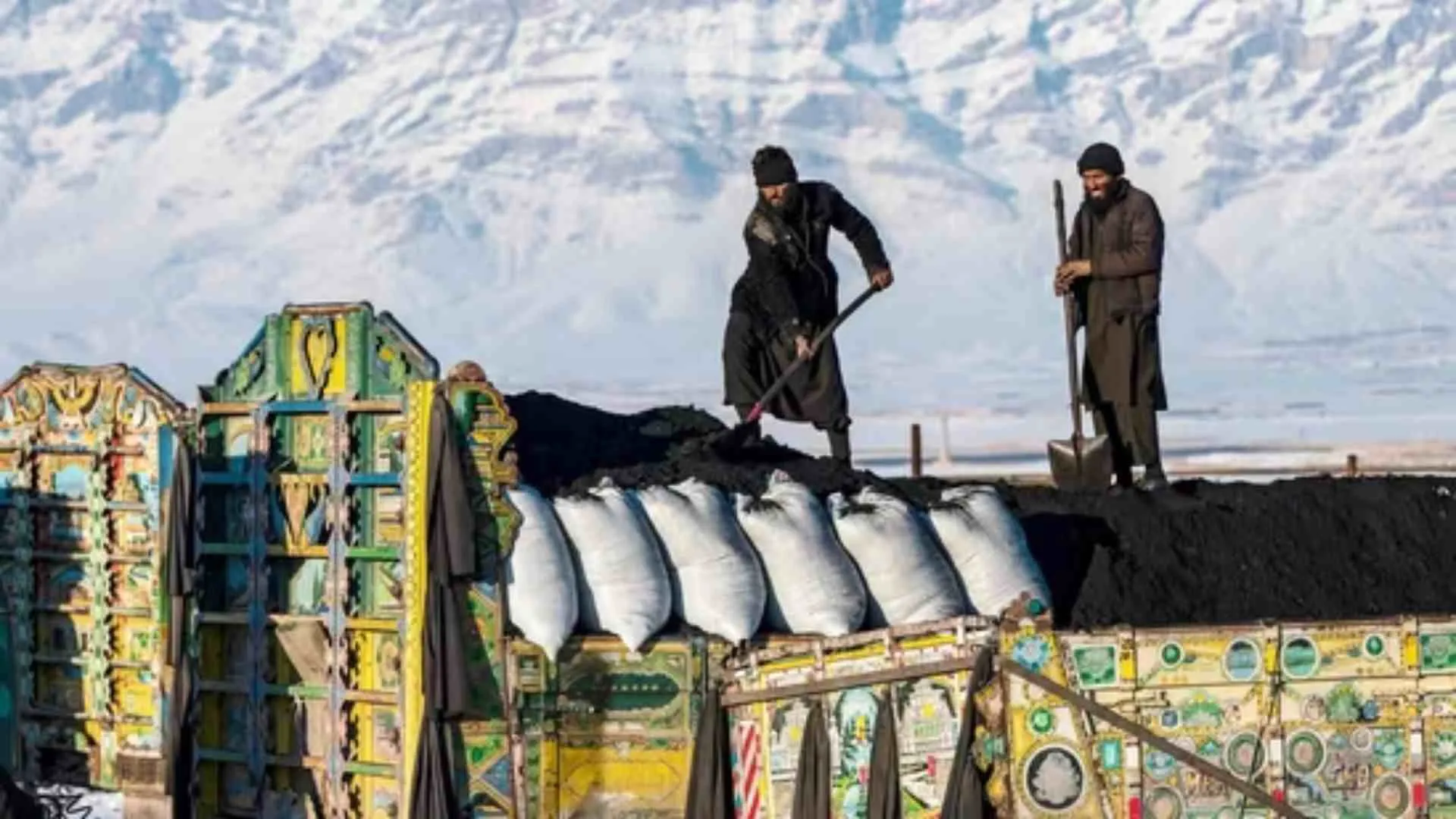The year 2021 has become even more tumultuous in terms of global political and economic circumstances despite large hopes of calming things down thanks to the Tokyo Olympics and the retreat of the notorious Covid-19 calamity. The Olympics are over, the Covid-19 is retreating but instead, international terrorism and jihadism are blossoming these days. There is yet another rampant geopolitical pattern that has already become a fait accompli—the ugly marriage of the belligerent triangle—Pakistan, Turkey and Azerbaijan. This married trio has already caused huge harm in Afghanistan, Armenia and the broader South and Central Asia and MENA regions. Therefore there is an immediate need to intervene militarily, politically, ideologically and economically to wipe the aforementioned jihadism out of Eurasia and pacify the belligerent triangle. That seems to be an immense but necessary task to complete. It is the old civilisations who must wake up and bring balance into the capricious international relations exercising their wisdom and institutional memory of millennia.
There is an avowed axiom that India and Armenia should establish closest ties in order to play a key role in normalising international relations as old civilisations. The Indians and Armenians have been in touch since prehistoric times. There are historical records that Indian and Armenian Magas were practising joint religious rituals in the Armenian Highlands. Both nations have always had trade relationships and good economic ties. Another interesting factor is the huge input of the Armenians and Indians in the development of the hi-tech industry globally. But most importantly, both nations are present everywhere globally via their respective diasporas and communities.
While India has the world’s largest diaspora population ranging from 18 to 32 million people according to different sources, Armenia has at least three times more Armenians outside of Armenia than in the homeland and the number of the Armenian diaspora is ranging between 7 to 10 million people, not counting the so-called hidden Armenians (the Islamised Armenians during the Ottoman rule, particularly during the massacres of 1894-1896 and largely during and after the Armenian Genocide of 1914-1923) in the Western Armenia which is where nowaday’s Turkey is located. The birth and dispersal of the Indian and Armenian diasporas largely differ from each other due to different historical events and circumstances but the need to cooperate is prevalent within two people.
The Armenian diaspora was largely formed after the Armenian Genocide that was perpetrated by the Ottoman Empire in the early 20th century, though the Armenians had already had a large presence in dozen countries (and India was one of them) even in the middle ages and before. There are thousands of Armenian community centres, organisations and initiatives at almost every corner of the globe who are tied to each other through different cells ranging from that common sense of belonging to the Armenian race, tragic past and genocide survivors’ path, the Armenian Apostolic Church as well as a new and rather interesting current—Armenian hi-tech communities.
Both people within the Armenian and Indian diasporas are currently facing vehement challenges and Armenia and India are in a perpetual fight with the belligerent triangle. That is why the diasporas of both nations should build a robust cooperation system to help the homelands as well as to enlarge their reach in their respective host destinations and global arena. First and foremost, there should be a joint decentralised online platform where the Indian and Armenian diasporas may meet up and give birth to discussions and dialogue. There are hundreds of ways to build such a platform and considering the huge input of Indian and Armenian software gurus in the global economy, there should be no reason to doubt its viability. Since late February of 2021, the Armenian Network State has already been running such a platform involving 260 people as of today which means there already is a success story and something bigger can be built on it. The movements and initiatives like the Armenian Network State can lead the consolidation process.
There should be systematic weekly and monthly discussions within that big platform on pressing political, economic, ideological, cultural and security issues. Most notably, the people in the Armenian and Indian diasporas should share sensitive intelligence information with each other thus helping both Armenia and India and maximising their security. The joint management of information currents is of paramount importance in the age of the 4th industrial revolution. A good example could be the mutual cooperation vis-a-vis different power centres of the world, that is, the Armenians can get valuable information and expertise from the Indians on the Anglo-Saxon world and the Indians can get down to the nitty-gritty of Russia and the Slavonic world through the Armenians.
Different departments will be formed to outline disruptive innovative ideas and run joint projects. A joint Indian-Armenian venture fund should be formed to collect the financial capital of the diasporas of both people which should have its governing body composed of recognised professionals who will decide on venture capital targets. That venture fund can be a prototype of a joint Indian-Armenian bank which may then become the pouch for Armenian and Indian national financial capital.
There should be a clear strategy for the formation of joint Indian-Armenian startups in the hardware and software sectors. These startups will then pitch their products and ideas to a permanent team of Armenian and Indian venture capitalists and investors who will be elected on a rolling basis with reference letters from the aforementioned venture fund’s governing body. These startups can be based in the territories of India, Armenia and elsewhere but their main goal should be to improve the lives of the Armenians and Indians everywhere. Research labs and science centres should be established both in India and Armenia as well as in big diaspora centres (Los Angeles, Paris, New Jersey, and so forth).
The advantage of the Armenians and Indians being present in thousands of scientific centres globally has never been taken seriously that is why the belligerent triangle and their jihadist supporters have caused so much pain to Armenia and India recently. The military and space industry projects can be run in the territories of India and Armenia and that huge Armenian-Indian diaspora network will guarantee the security and continuity of those projects through its networking, lobbying and financial transactions.
One of the key achievements of this diaspora cooperation roadmap will be the establishment of joint Armenian-Indian think tanks on various topics and sectors. Those think tanks will coordinate political lobbying in geopolitical centres of the world and will help consolidate necessary intellectual and financial resources. Last but not least, those think tanks should further develop the ideology of uniting the old civilisations—Armenia and India.
At the end of the day let’s accept that we both play chess and we do play it very well.
Vahram Ayvazyan is the founder of the Armenian Network State. He is an International Relations and Genocide scholar, startup founder and a Climate Reality Leader, personally trained by former US vice president Al Gore.
The cooperation in military and space industries is an urgent necessity. Therefore, India and Armenia should exercise the huge intellectual capacity of their diasporas as there are thousands of world-level natural scientists in both diasporas who can help build disruptive military and space technologies and deter the adversaries.

